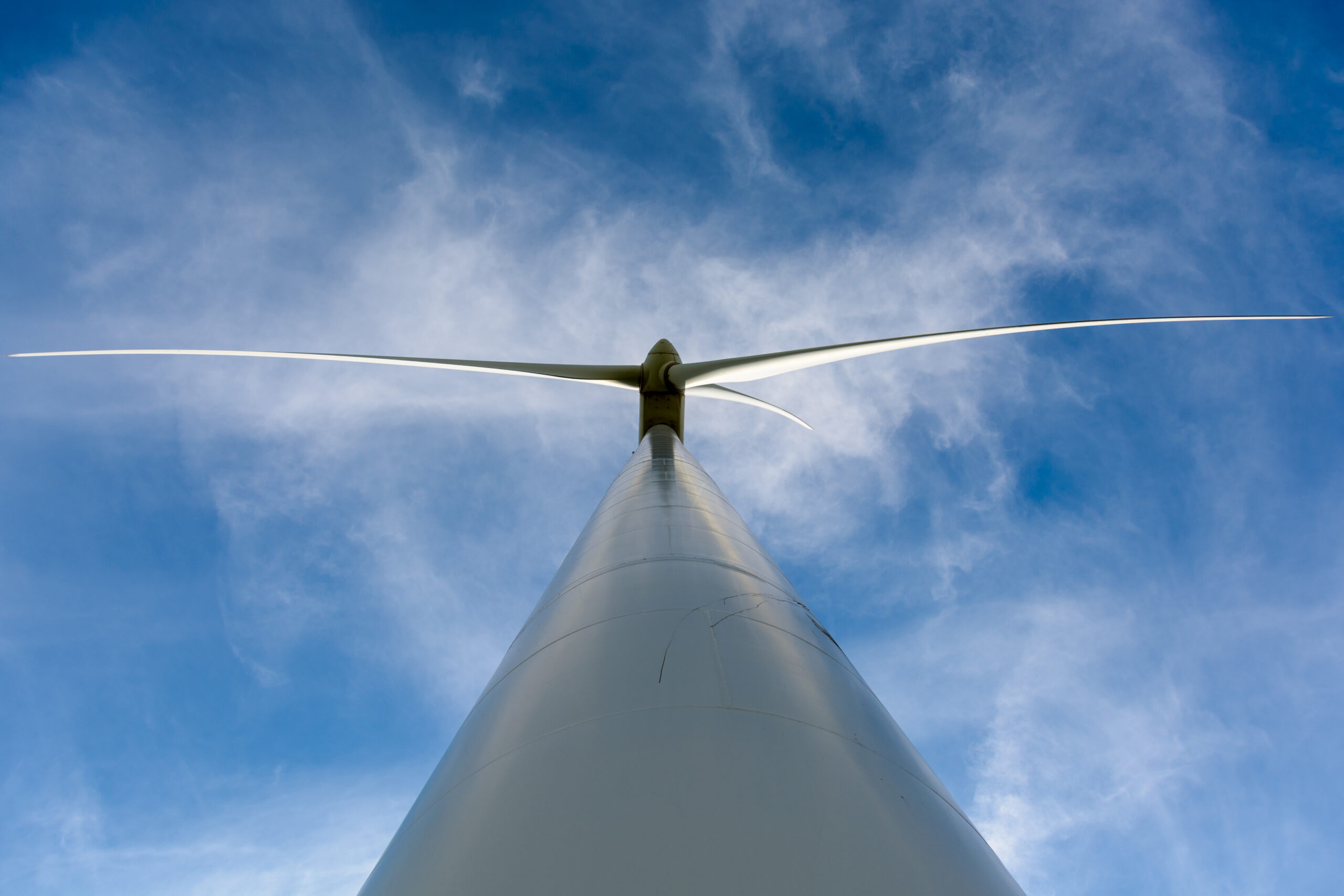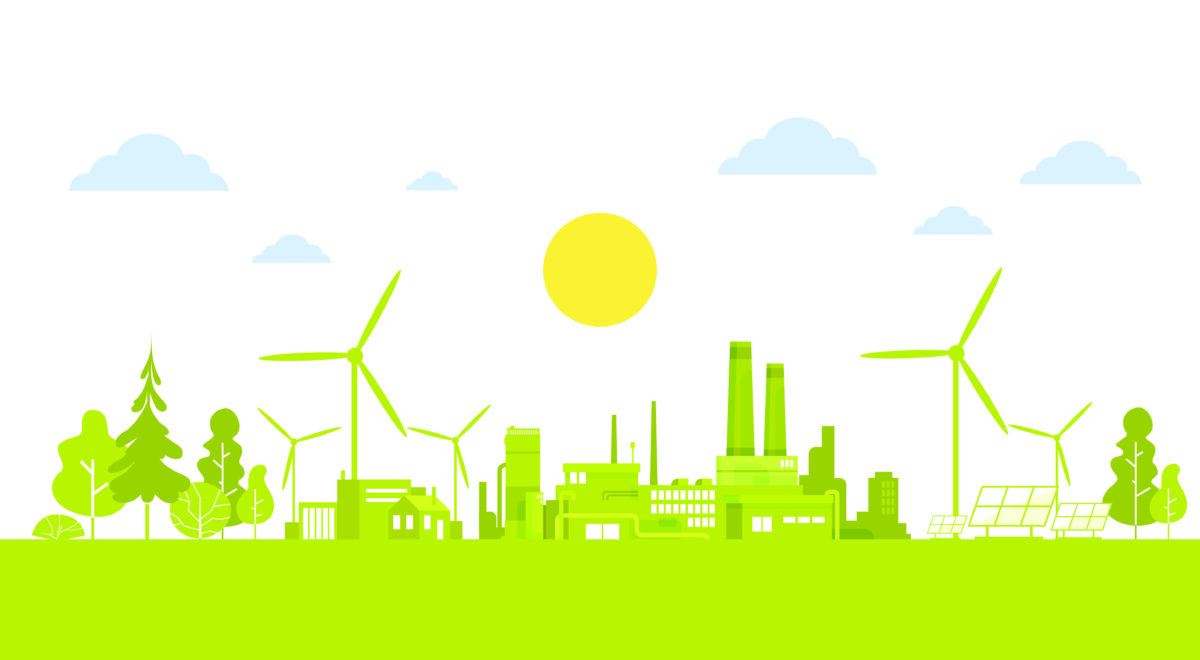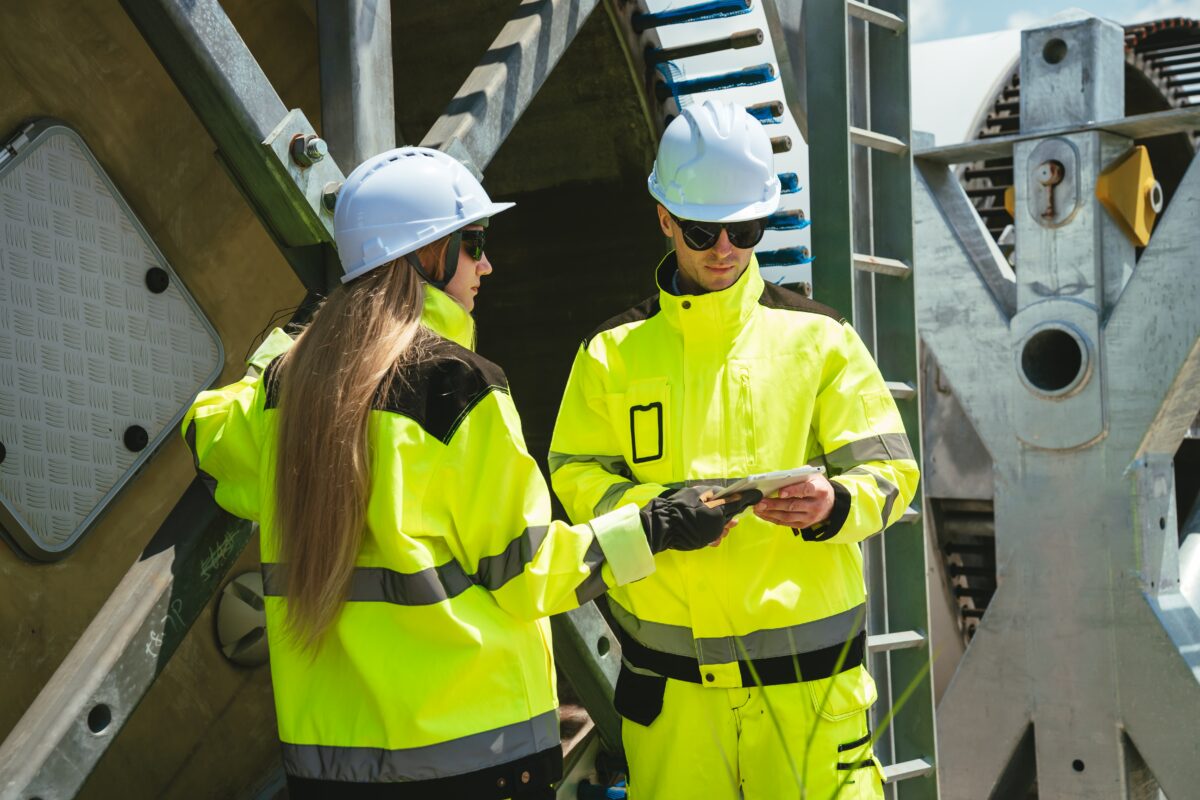Modern wind turbines stand as tall as some of the world’s most iconic buildings, and they’ve grown by a lot over the decades. These massive structures typically reach between 60 and 120 metres high. The average 1.5 MW turbine in the US stands about 80 metres tall.
The tower height tells just part of the story. With their massive blades attached, wind turbines become even more impressive. GE’s Haliade-X, the world’s tallest wind turbine, has a 138-metre tower and stretches to 248 metres with its rotor—making it taller than many urban skyscrapers. Engineers keep challenging the limits of height. A team at the University of Virginia has designed a 500-metre tall wind turbine that would rise 57 metres above the Empire State Building.
How Tall Is a Wind Turbine?
Wind turbines have grown dramatically taller since their original development. The first onshore models reached just 25.5 metres in height, and offshore turbines stood at about 47.5 metres. Today’s structures tower far above these early versions.
Typical range of modern wind turbine heights
Modern wind turbine towers now stretch between 60 and 120 metres high. American utility-scale land-based turbines reach a hub height of 103.4 metres. This represents an 83% increase since the late 1990s. Most American turbines built since 2012 stand about 80 metres tall.
These structures keep growing at an impressive rate. Onshore wind turbines reached 300 metres by 2024, up from 210 metres in 2020. Offshore turbines grew even more impressive and now average 340 metres—they stand over 100 metres taller than their 2020 counterparts.
How tall are wind turbines in feet?
American utility-scale land-based turbines now reach hub heights of 339 feet. British wind turbines typically measure 249 feet. New regulations might allow structures up to 850 feet—this is a big deal as it means that they would stand 70% taller than Bristol’s current record holder at 492 feet.
A hub height of 339 feet stands taller than the Statue of Liberty. Germany’s tallest wind turbine under construction will reach 364 metres (about 1,194 feet) including its blades. This nearly matches the height of Berlin’s iconic TV tower.
Denmark’s Vestas V236-15.0 MW prototype offers another impressive example at 280 metres (919 feet) tall. This giant features a rotor diameter of 236 metres with 115.5-metre blades.
Metric vs imperial units
Wind energy industry’s measurements vary by region. European countries stick to metres, while Americans often use both feet and metric values.
Height differences between regions show both technological progress and practical needs. Offshore turbines reach higher than their onshore cousins to catch stronger marine winds. American offshore turbine hub heights show this trend—they’ll grow from 100 metres (330 feet) in 2016 to about 150 metres (500 feet) by 2035. That’s about as tall as the Washington Monument.
On top of that, engineering breakthroughs enable remarkable heights. The German turbine mentioned earlier uses a special lattice structure with four legs and a movable inner tower. This design lets it reach heights that cranes couldn’t previously access.
Small wind turbines
Small wind turbines are scaled-down versions of their massive commercial counterparts. They serve homes, farms, and small businesses. These compact energy generators produce less than 100 kilowatts of power, and their rotor diameters range from a few metres to about 25 metres.
Vertical small wind turbines
Vertical axis wind turbines (VAWTs) spin around a vertical shaft. This design allows technicians to place the generator and gearbox close to the ground, which makes maintenance easier. Two main designs stand out in this category:
-
- Savonius turbines – Looking from above, these turbines show an ‘S’ shaped profile with scoops that catch the wind. Their simple and sturdy design achieves only 10-17% efficiency. Notwithstanding that, their reliability makes them perfect for situations where dependability matters more than performance.
- Darrieus turbines – These turbines look like eggbeaters with curved aerofoil blades attached to a rotating shaft. They extract a lot more power from the wind than Savonius models, with efficiency rates of 30-40%. You’ll find variants like H-rotors (Giromill) with straight vertical airfoils and helix-shaped designs that cut down torque ripple.
Vertical turbines like Freen-20 or Freen-6 work great in turbulent wind conditions that you often see in urban areas.
Horizontal small wind turbines
Horizontal axis wind turbines (HAWTs) dominate today’s market. These turbines use two or three composite blades that rotate perpendicular to the wind direction. They need to face the wind directly, so they use tail vanes that keep them pointed toward the airflow.
Tower height plays a crucial role in how much energy small horizontal turbines produce. Wind speeds pick up as you go higher, and doubling the wind speed multiplies available power by eight. The best tower installations usually stand between 24-37 metres (60-120 feet) tall.
Average Height of Wind Turbines
Average size of a wind turbine
Wind turbine dimensions keep growing as technology moves forward. Land-based and sea-based installations show significant differences in their size.
Average height of wind turbine installations (onshore vs offshore)
Land-based wind turbines have managed to keep steady heights over the last several years. The U.S. Energy Information Administration reports that American onshore wind turbines averaged 80 metres (about 280 feet) in height from 2012. Notwithstanding that, these heights grew to 90 metres (295 feet) by 2020, reaching the same height as the Statue of Liberty.
Heights keep climbing steadily. Hub heights for utility-scale land-based wind turbines in America have grown 83% since 1998–1999. They now reach 103.4 metres (339 feet) in 2023. British turbines average 249 feet, though regional differences exist.
Sea-based installations are a big deal as it means that they tower over their land-based cousins in both height and power output:
-
- Onshore turbines: Power output ranges between 2.5-3 MW with heights around 94 metres
- Offshore turbines: Power output reaches 8-12 MW with heights up to 260 metres
Sea-based locations provide stronger and steadier winds without the limitations found on land.
How Tall Are Offshore Wind Turbines?
Offshore wind turbines stand as giants among renewable energy structures. Global offshore turbines now reach an average hub height of 116.6 metres, much taller than their land-based counterparts.
These massive structures keep growing. Offshore wind turbines averaged 100 metres (330 feet) in 2016. Projections show they could reach 150 metres (500 feet) by 2035—matching the Washington Monument’s height.
Real-world examples show their impressive scale. Block Island wind project turbines reach 590 feet, yet GE’s Haliade-X offshore turbine stretches to 853 feet. More than that, these giants sport massive blades—often longer than 150 metres.
Future developments look even more impressive. Experts predict that by 2030, new offshore wind turbines will generate 11 megawatts on average, replacing today’s 4.1-megawatt machines. The appearance of offshore wind farms will transform dramatically in the next ten years.
Wind Turbine Towers: How Tall Is the Tower of a Wind Turbine?
Wind turbines use round tubular steel towers as their main structural foundation. These towers measure 3-4 metres in diameter. The tower height specifically means the distance from ground level to the hub where the nacelle and rotor attach – not the total turbine height that includes the blades.
Tower vs total turbine height
Wind turbine towers come in 3-5 modular parts that workers assemble at the construction site. The hub height measures the distance from the ground to the rotor’s middle point. This height represents the actual tower height, which grew by 83% since 1998-1999 to reach 103.4 metres in 2023. The towers use a tapered design for better stability. Their walls are twice as thick at the bottom compared to the top. Large turbine tower sections can weigh between 15-50 tonnes each. The complete tower weighs around 170 tonnes.
Influence on energy output
Tower height plays a crucial role in energy generation. Wind quality gets better as you go higher above the ground. Measurements show annual average wind speeds increase by 0.5 to 1.0 metres per second between 80 and 110 metres. This leads to median capacity factor improvements of 2-4 percentage points when moving from 80 to 110 metres. Similar gains occur when extending to 140 metres. A 10% faster wind speed creates 30% more energy because of the cubic relationship between wind speed and power.
Modular tower construction techniques
Most parts of the USA and EU face transportation challenges because base diameters are too wide for their roads. Several state-of-the-art solutions help solve this problem:
-
- Modular designs: The sections split into curved panels that fit on standard trailers
- Wooden towers: Modvion builds towers using engineered wood that matches steel’s strength but weighs less
- On-site production: The DOE backs projects like Keystone Power Systems’ spiral-welding and GE Renewables’ 3D printing to build tower bases where needed
These new approaches solve logistics problems and save money. Modular designs cut raw material (steel) usage by 20-30%.






